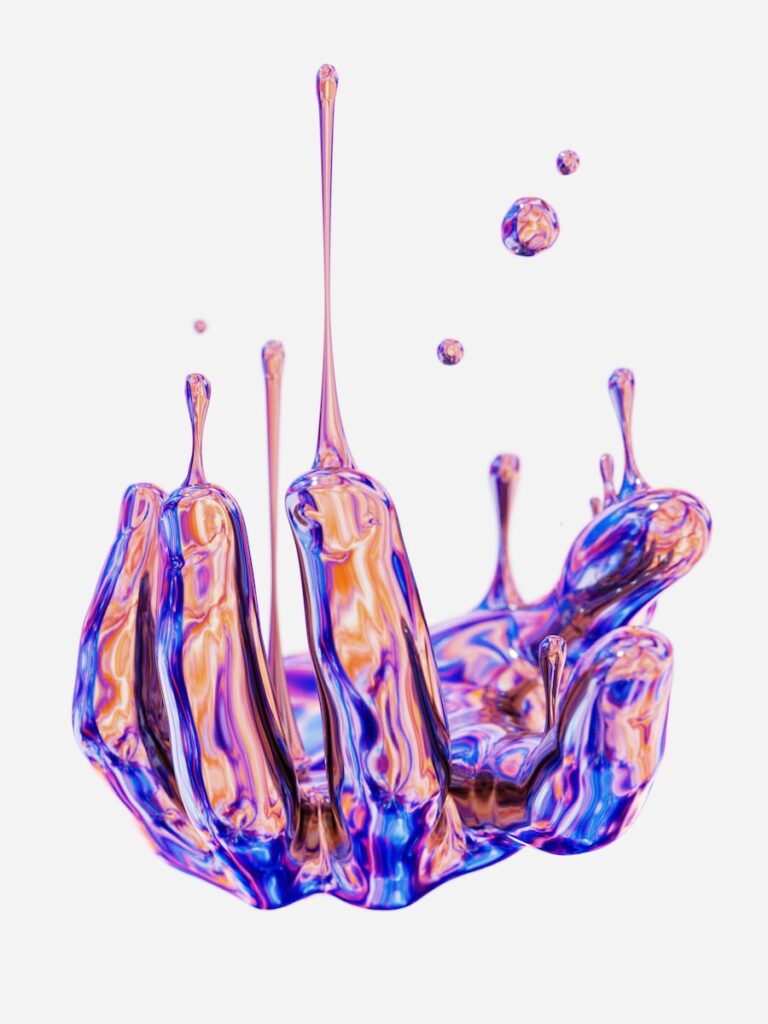Print Design
Print Design
Elevate Your Brand with Stunning Print Designs
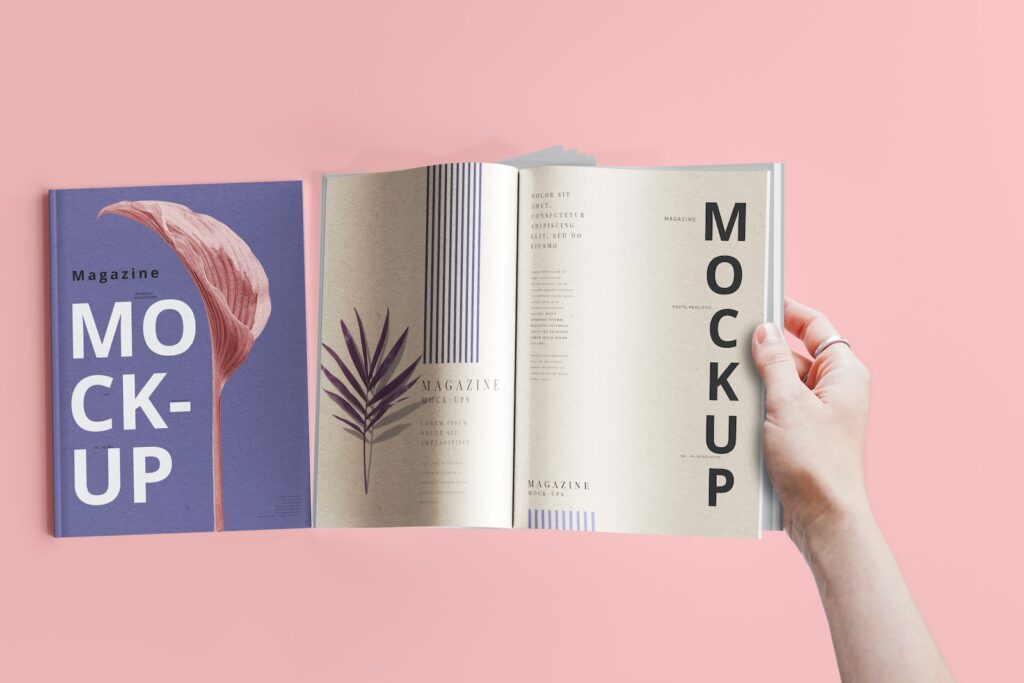
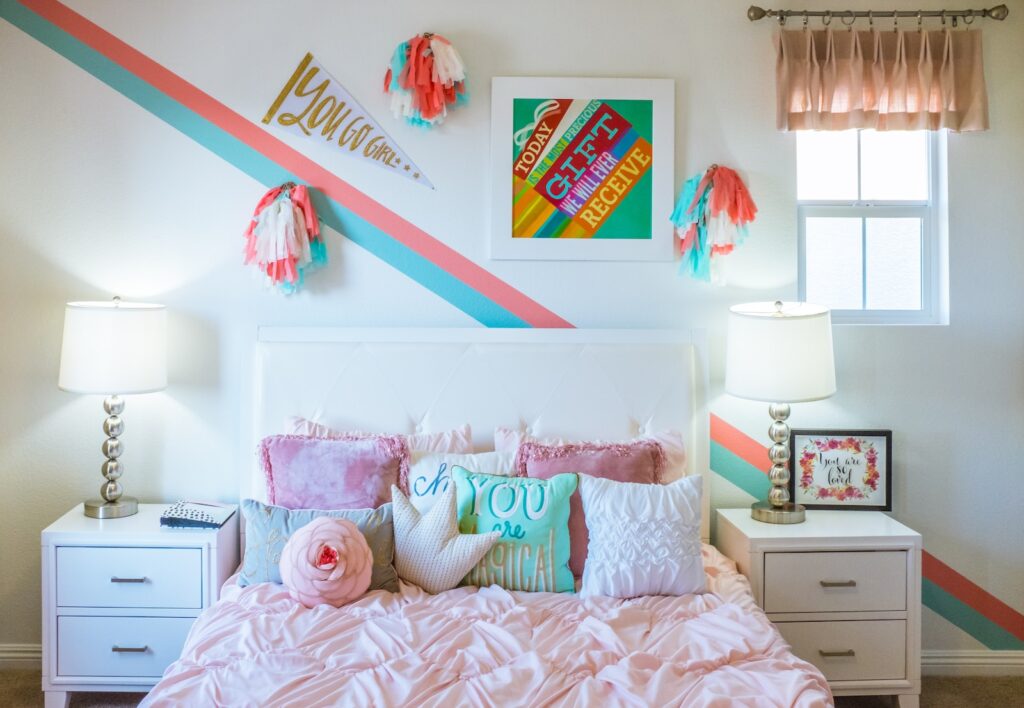
Print design refers to the creation and arrangement of visual elements for various printed materials. It involves designing for physical formats such as brochures, flyers, posters, business cards, magazines, packaging, and more. Print design encompasses the selection of typography, colors, imagery, and layout to communicate a specific message or convey a brand’s identity.
Print design requires careful consideration of factors like paper stock, printing techniques, and finishing options to achieve the desired aesthetic and functional outcome. Designers work closely with clients to understand their objectives, target audience, and brand guidelines, translating these into visually compelling designs that effectively communicate the intended message.
The goal of print design is to create visually appealing, informative, and engaging printed materials that leave a lasting impression on the audience. From conveying information in a clear and organized manner to evoking emotions through creative visuals, print design plays a vital role in marketing, advertising, and branding efforts, allowing businesses to make a tangible impact offline and leave a memorable impression on their target audience.
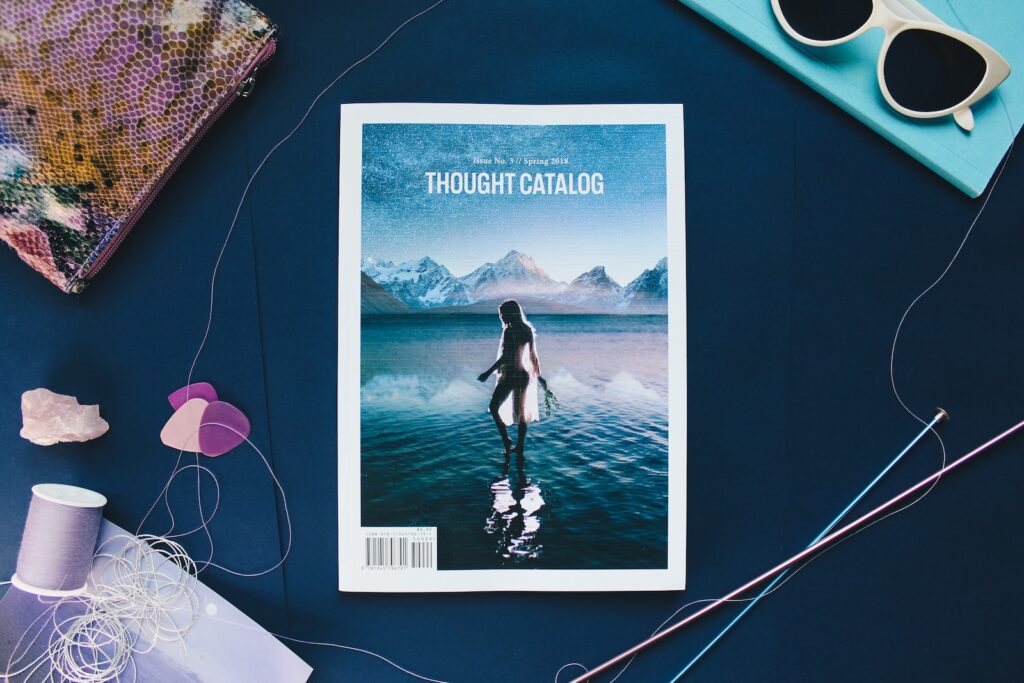
An example of good print design is a magazine cover that effectively captures attention, communicates the essence of the publication, and entices readers to engage with its contents. A well-designed magazine cover incorporates compelling imagery, typography, and color choices that align with the publication’s brand and target audience. It balances visual elements to create a visually striking composition while maintaining readability and hierarchy of information. The cover should convey the theme or main story of the issue, showcasing creativity, professionalism, and an understanding of the target readership. Good print design grabs attention, communicates effectively, and leaves a memorable impression on the viewer.
Here are some examples of print designs and their common use cases:
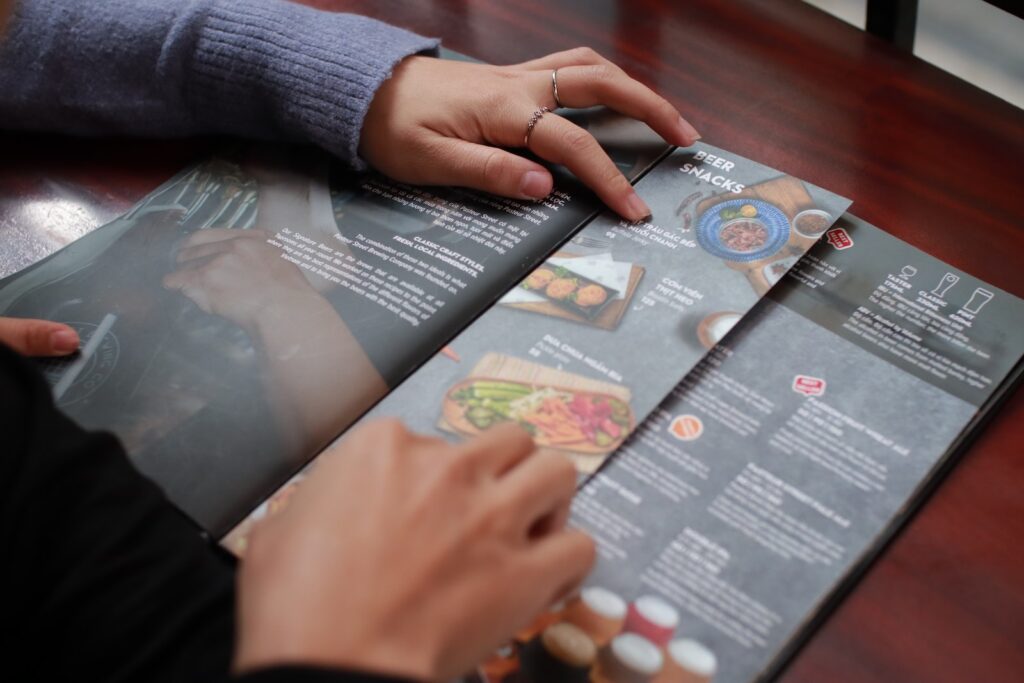
Brochures
Brochures are versatile printed materials that provide detailed information about a product, service, or organization. They are commonly used for marketing campaigns, trade shows, and informational handouts.
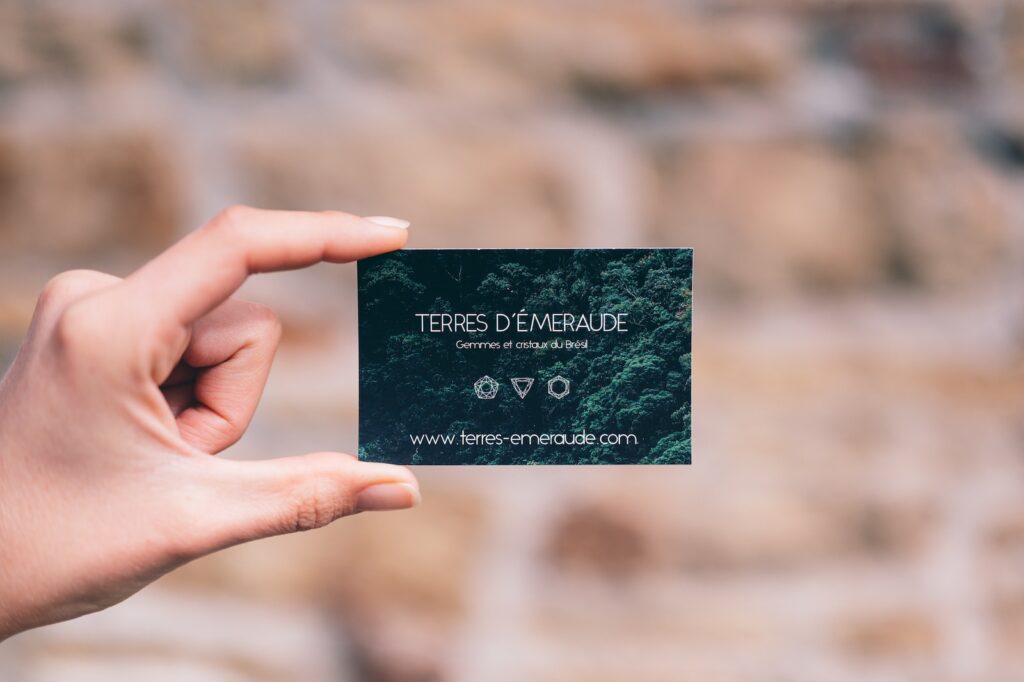
Business Cards
Business cards are essential for networking and making a professional impression. They typically include contact details and key information about an individual or business, making them ideal for exchanging with potential clients, partners, or customers.
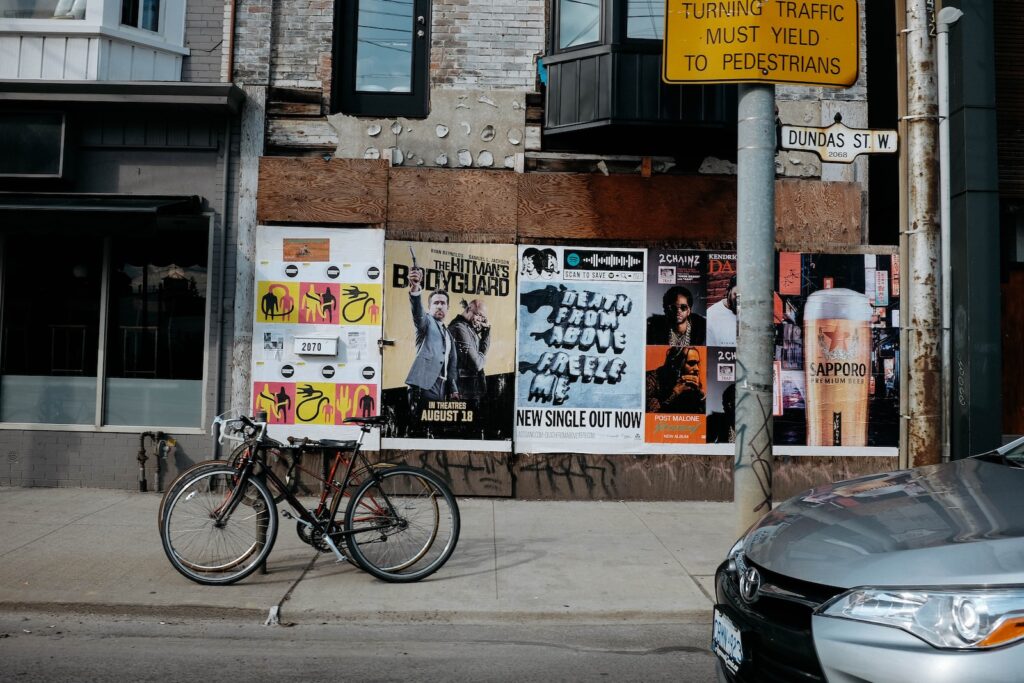
Posters
Posters are large-format print designs used for promotional purposes. They often feature eye-catching visuals, bold typography, and concise messages to grab attention and communicate information about events, products, or services.
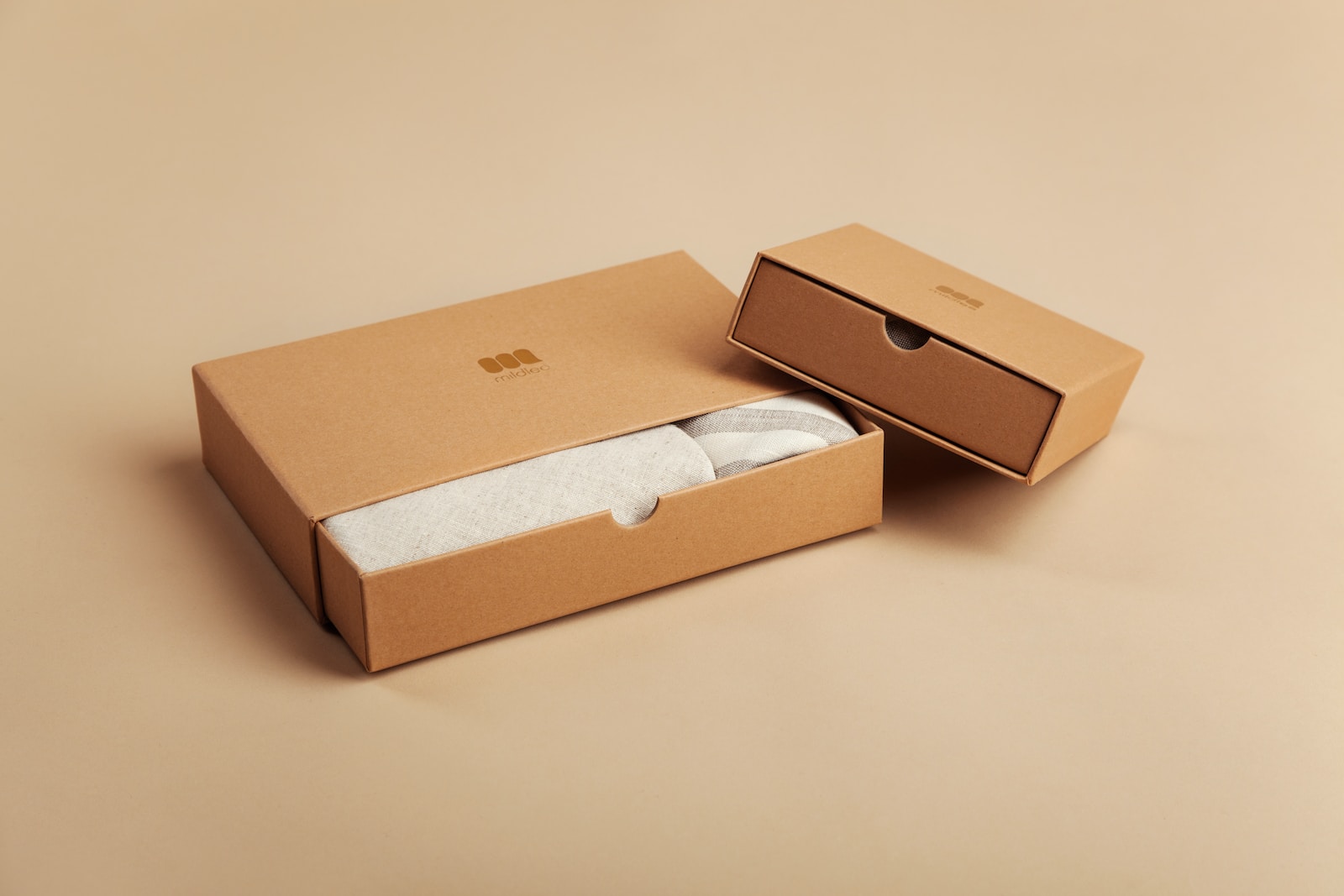
Packaging Design
Packaging design involves creating visually appealing and functional packaging for products. It serves to protect the product, convey brand identity, and entice customers to make a purchase. Packaging designs are commonly found on boxes, labels, and product wrappers.
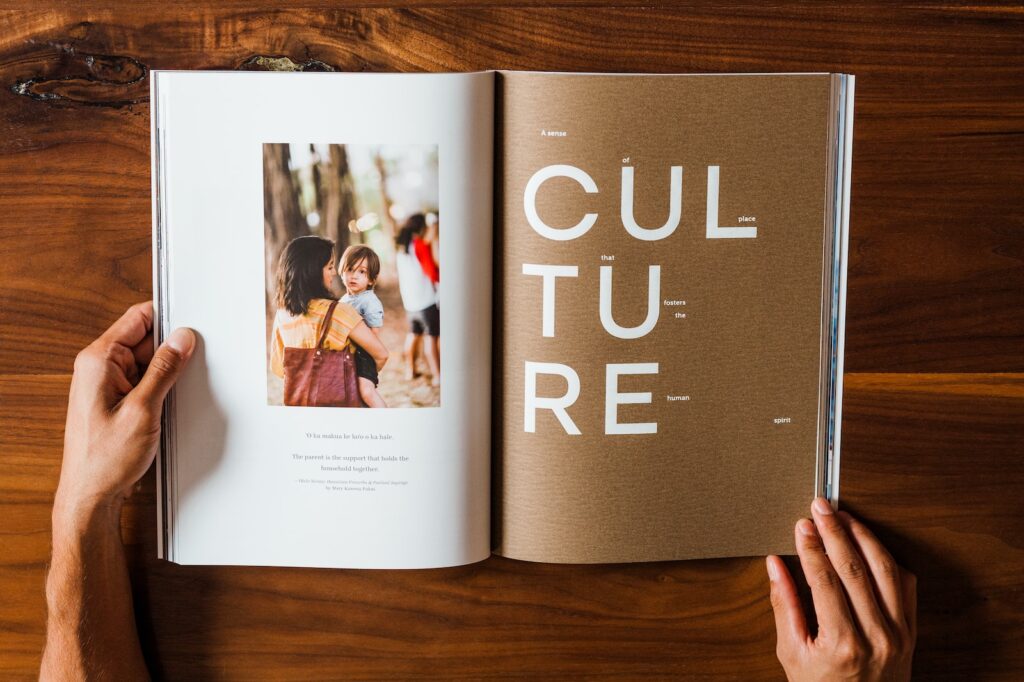
Magazines
Magazines feature a combination of articles, images, and advertisements. They are designed to provide engaging and informative content on various topics, such as lifestyle, fashion, sports, or current affairs. Magazine layouts typically include captivating visuals, typography, and grid structures.
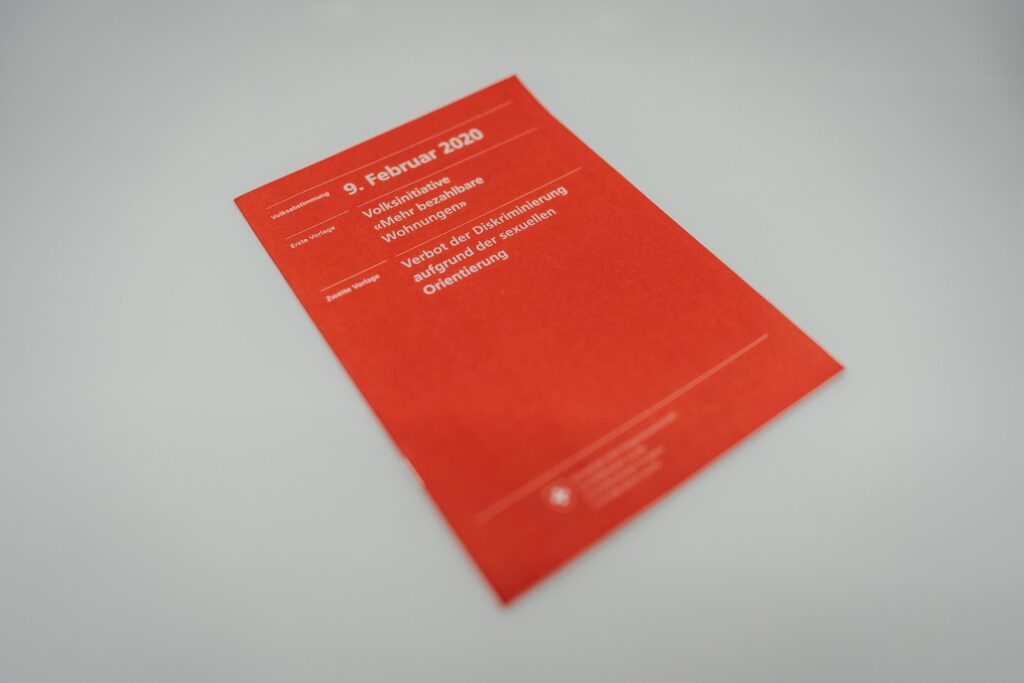
Flyers
Flyers are single-page print designs used for advertising and promotional purposes. They are commonly distributed in public spaces, events, or direct mail campaigns to inform people about special offers, events, or business promotions.
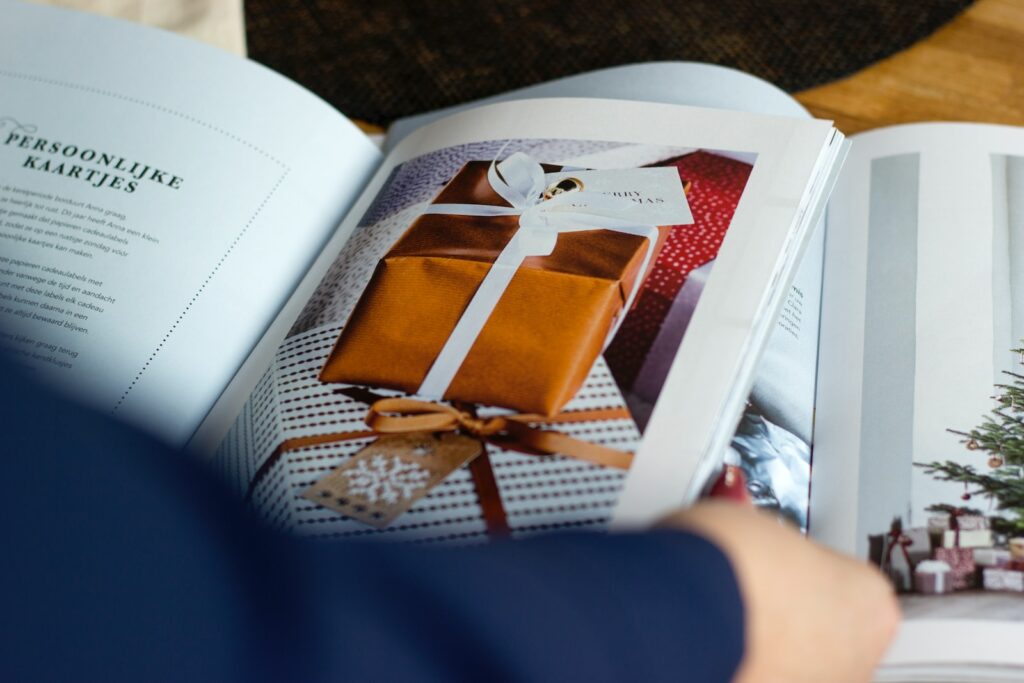
Catalogs
Catalogs showcase a collection of products or services offered by a company. They provide detailed descriptions, images, and pricing information, making them useful for retail businesses, e-commerce platforms, or product catalogs.
Let's Discuss Flyers
A flyer is an essential print design that finds frequent use in various marketing and promotional endeavors. Its versatility and tangible nature make it a powerful tool for capturing attention and conveying key messages directly to the target audience. Whether announcing a grand opening, promoting a special offer, or spreading awareness about an event, a well-designed flyer serves as a visually striking and informative communication piece that leaves a lasting impression. Its ability to engage both visually and textually, combined with its cost-effectiveness and widespread distribution potential, makes the flyer an indispensable asset in any marketing toolkit.
The Benefits of Having a Good Flyer
In the fast-paced world of marketing and advertising, where digital channels dominate the landscape, it may be easy to overlook the enduring power and benefits of a well-designed flyer. A good flyer can be a potent tool in capturing attention, engaging potential customers, and driving the desired action. Let us delve into the numerous advantages that a well-crafted flyer brings to the table.
First and foremost, a good flyer serves as a tangible representation of your brand or message. Unlike online ads or social media posts that can easily be scrolled past or ignored, a physical flyer demands the attention of its recipient. Its tactile nature allows for a direct and personal connection, instantly creating a sense of value and importance. The visual appeal and creative design of a good flyer make it stand out, ensuring it won’t get lost in the digital noise.
One of the primary benefits of a good flyer lies in its ability to convey information quickly and effectively. A well-structured flyer presents information in a concise and organized manner, allowing readers to grasp the key message at a glance. Eye-catching visuals, clear headlines, and strategic use of white space help guide the reader’s attention and make the content easily digestible. Whether it’s announcing a special offer, promoting an event, or introducing a new product, a good flyer delivers the desired information efficiently, saving time and effort for both the reader and the advertiser.
Furthermore, a good flyer has the potential to create a lasting impression on its recipients. A skillfully designed flyer with a visually appealing layout, high-quality images, and engaging content leaves a positive and memorable impact. It reflects the professionalism and attention to detail of the business or event it represents, instilling a sense of trust and credibility in the minds of the readers. This lasting impression can be influential when potential customers are making purchasing decisions or considering attending an event.
Another advantage of a good flyer is its versatility. It can be distributed in various ways, from direct mail campaigns and handouts at trade shows to display in public spaces or inclusion in product packaging. This flexibility allows for targeted distribution, ensuring that the flyer reaches the intended audience. Moreover, a well-designed flyer can be easily shared, creating a ripple effect that expands its reach and potential impact beyond its initial distribution.
Finally, a good flyer serves as a cost-effective marketing tool. Compared to some digital advertising methods, the production and distribution costs of flyers are relatively low. With careful planning and design, businesses can create impactful flyers without breaking the bank. Moreover, their physical nature allows for longer exposure as they can be displayed or kept for future reference, ensuring that the message remains in the hands and minds of potential customers for an extended period.
In conclusion, the benefits of having a good flyer are manifold. Its tangible presence, ability to convey information effectively, capacity to create a lasting impression, versatility, and cost-effectiveness make it an invaluable asset in any marketing campaign. A well-crafted flyer can capture attention, engage potential customers, and drive them to take the desired action. So, the next time you embark on a marketing endeavor, consider the power and advantages of a good flyer, and unlock its potential to elevate your message above the digital noise.
A Good Flyer Design
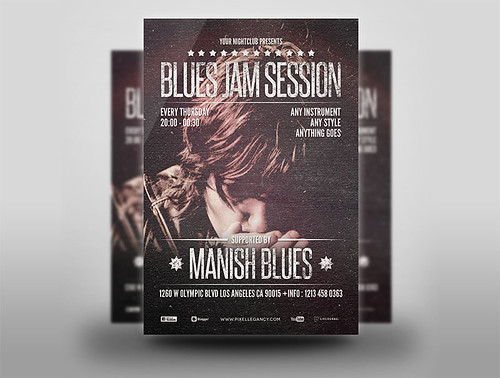
A good flyer is characterized by several key elements that make it effective in capturing attention, conveying information, and driving the desired action. Here are some factors that contribute to a good flyer design:
1. Clear and Concise Message
A good flyer delivers a clear and concise message that immediately communicates the purpose or offer. It should be easy to understand at a glance and quickly engage the reader.
2. Eye-Catching Design
A good flyer delivers a clear and concise message that immediately communicates the purpose or offer. It should be easy to understand at a glance and quickly engage the reader.
3. Readability
The text on a flyer should be easily readable. Select legible fonts, use appropriate font sizes, and ensure sufficient contrast between the text and the background. Organize the information into sections or bullet points for easy scanning.
4. Focus on Benefits
Highlight the benefits or value proposition of the product, service, or event. Show the readers what they will gain or how their needs will be met by engaging with the flyer’s content.
5. Call to Action
A good flyer includes a clear call to action, guiding the reader on what they should do next. Whether it’s visiting a website, making a purchase, attending an event, or contacting a business, a strong call to action motivates and directs the reader’s response.
6. Contact Information
Ensure that the flyer prominently displays relevant contact information, such as a phone number, email address, or website URL. This allows interested individuals to easily reach out or access additional information.
7. High-Quality Printing
Pay attention to the quality of printing and paper used. A good flyer should be printed on a high-quality material that reflects the professionalism of the brand or event.
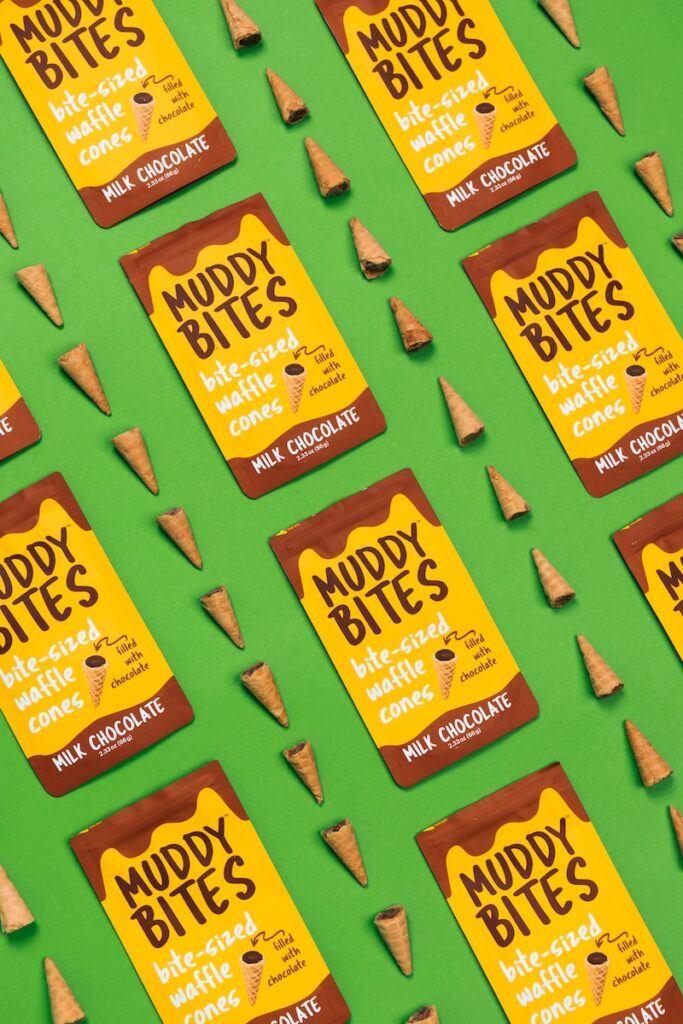
Thank you for considering our Services
Contact us today to unlock the potential of exceptional packaging and design. Elevate your brand, engage your audience, and make a lasting impact that sets you apart in the market. Trust us to bring your vision to life and create packaging that leaves an indelible mark on your customers’ minds.
